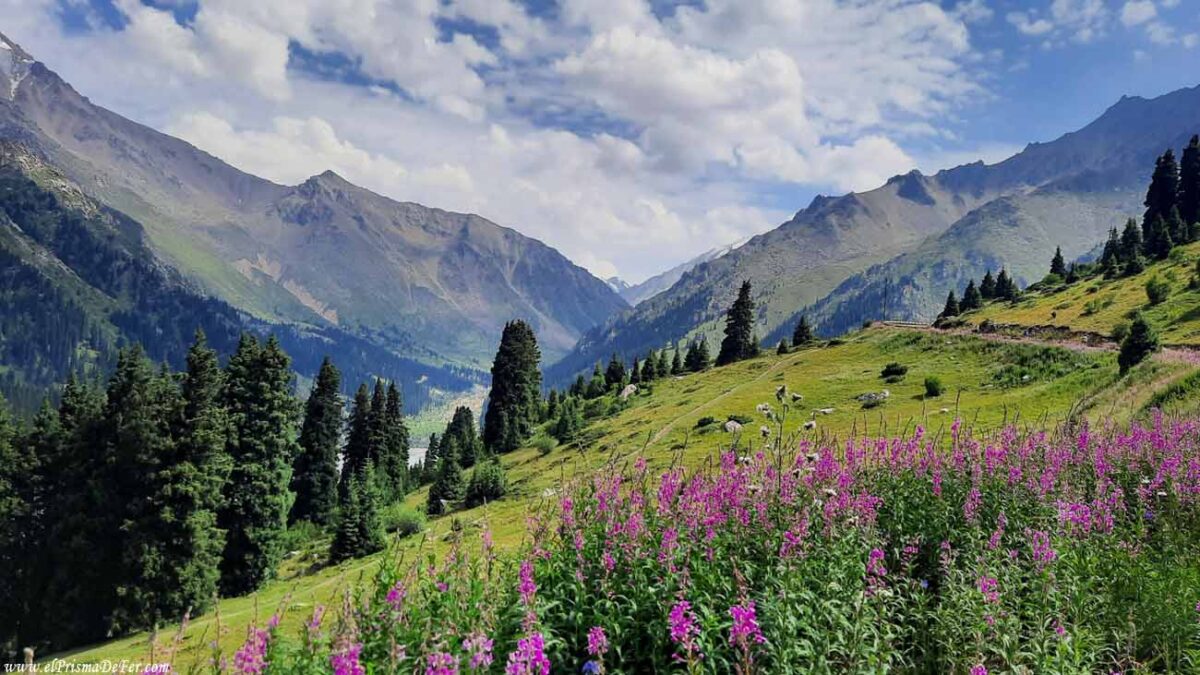I've always been drawn to landscapes that look like something out of a science fiction movie. Places that make you feel like you're on another planet, where the passage of time and the human touch have left a profound mark. That's why, when I started planning my trip to Kazakhstan, visiting the Aral Sea became a challenge.
This remote corner, where there used to be sea and now only desert remains, has something apocalyptic. A place with shipwrecks stranded on the sand, a town that seems frozen in time, an abandoned port, and a dense silence that envelops everything. In this post, I tell you what it was like to get there, what you can see today, and whether it's really worth coming here, despite its sad history.
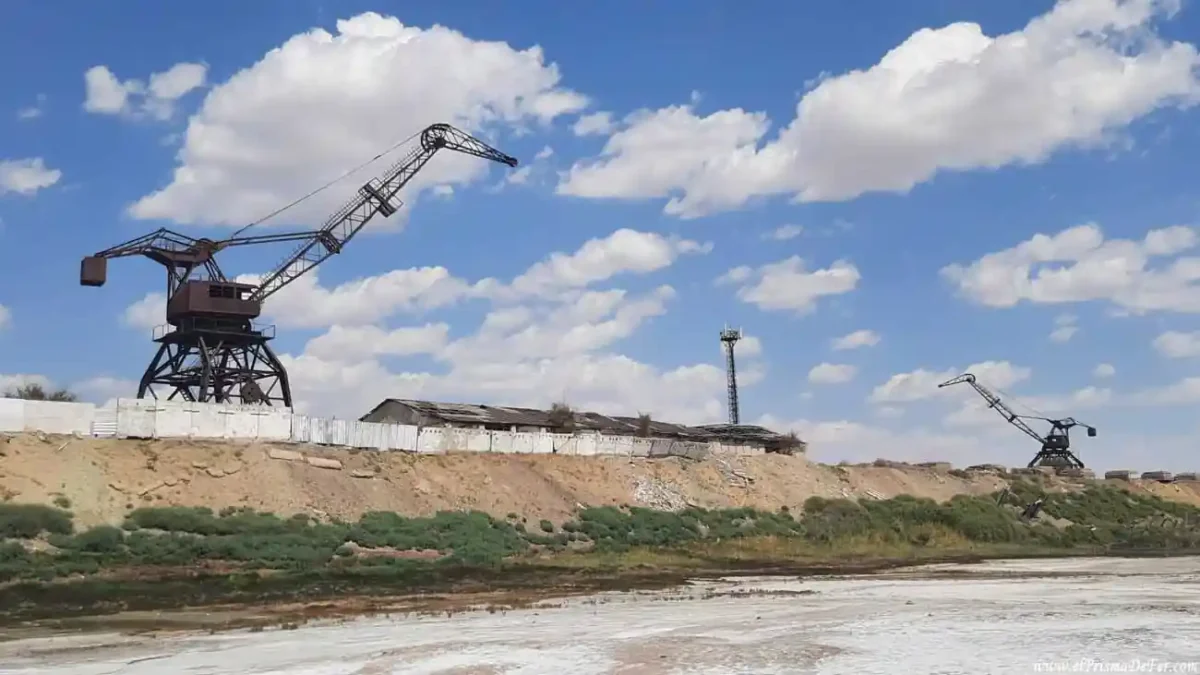

Table of Contents
💔 What happened to the Aral Sea?
The Aral Sea (misnamed sea) was once one of the four largest lakes in the world, shared between Kazakhstan and Uzbekistan. But in the 1960s, during the Soviet era, a devastating process began: the Amu Darya and Syr Darya rivers, its main sources of water, were diverted to feed gigantic agricultural irrigation projects, mainly for cotton cultivation in desert areas.
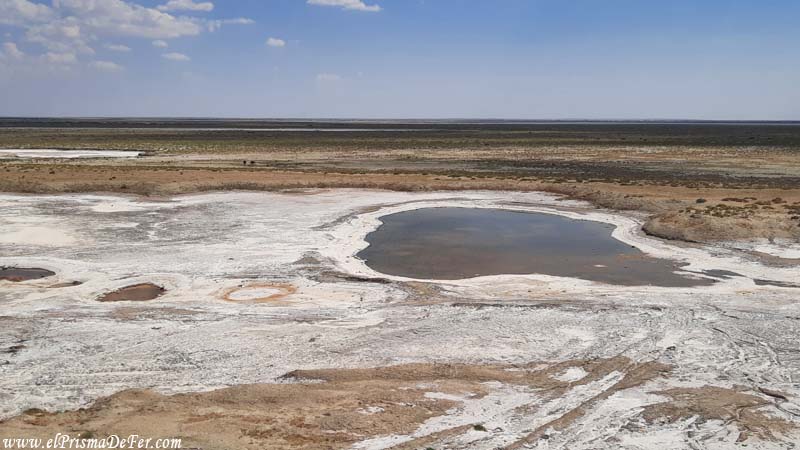
The result was one of the greatest ecological catastrophes of the 20th century. Within a few decades, the sea began to dry up at an alarming rate. By the late 1980s, its surface area had shrunk by half. By the 2000s, it had virtually disappeared, leaving behind a landscape of salt and toxic dust, abandoned villages, and boats stranded on the sand. The region's climate also changed, becoming more extreme, and thousands of people lost their livelihoods.
🌱 Is there hope for recovery?
Despite the damage, there has been significant progress in recent years. On the Kazakh side, the Kokaral Dam was built in 2005, which managed to contain part of the water of the Syr Darya River and recover a section of the former sea, known today as the Little Aral. This work has raised the water level, fishing has tentatively returned, and the area has begun to show signs of life again.
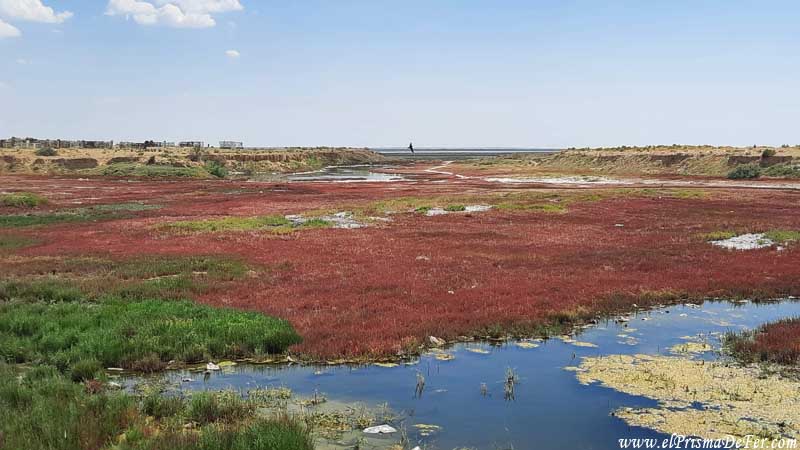
Although it is far from what it once was, the Little Aral is proof that, with political will and concrete actions, partial recovery is possible. The people of Aralsk still dream of seeing the sea closer again. And for travelers, visiting this region is not only about experiencing incredible scenery, but also about witnessing a true, harsh, but not entirely lost history.

🚉 How to get to the Aral Sea (Aralsk)
The most common entry point for visiting the Aral Sea in Kazakhstan is the city of Aralsk, a small and largely forgotten place that was once an important port before the sea receded. Getting there takes time, but it is possible from several major cities:
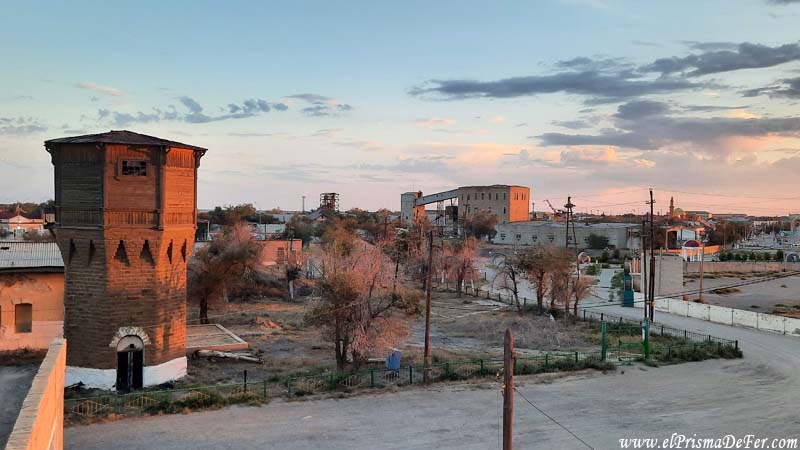
👉 From Almaty
The most practical and economical way is by night train. The journey to Aralsk takes between 27 and 30 hours, depending on the service. There are direct trains some days of the week, but not all, so it's a good idea to check schedules in advance at tickets.kz or on the Kazakh trains app. It's a long journey, but the experience of traveling across the country by train is part of the charm.
👉 From Astana (Nur-Sultan)
There are also trains from Astana to Aralsk, although less frequent than from Almaty. The trip usually lasts about 25 to 28 hours, with similar conditions: sleeper compartments of different categories and the option to travel with more or less comfort depending on your budget. Book early because seats are limited and demand can be high.
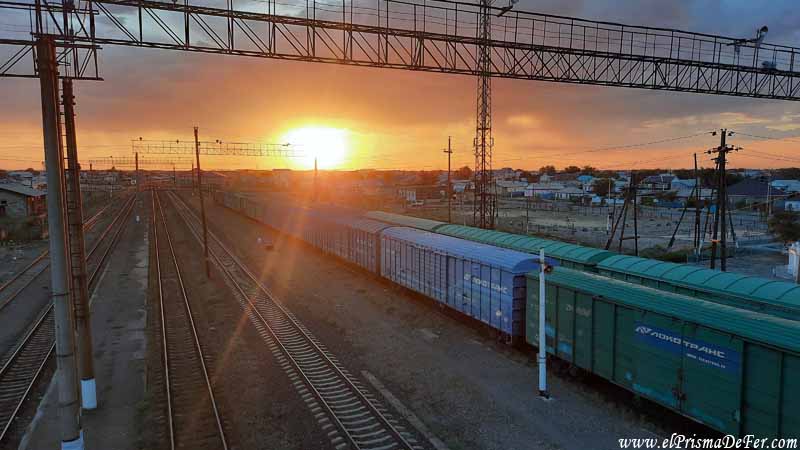
👉 From Turkestán
From Turkestan the trip is shorter, but it can still take 15 to 18 hours by train. This is a good option if you're traveling through southern Kazakhstan and want to avoid the entire journey from Almaty. It's also advisable to check the schedule in advance, as there are no daily trains.
Tip: Bring food, water, and some entertainment for the train. These are long journeys, but they're generally safe, relaxing, and a great way to connect with the locals. Plus, it's rare to see foreign tourists on this route, so it's a very authentic experience.

🌵 What to do and see in Aralsk and surrounding areas?
Aralsk is a small city, with not much to do, really, other than encounter this environmental disaster. Among the few things to do in Aralsk, we have:
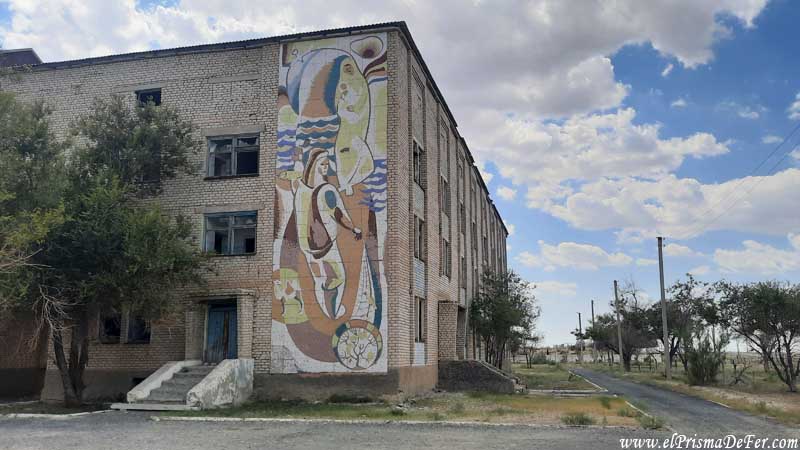
🚢 Explore the remains of ships in the old port
Near the center are the rusted remains of old boats and cranes. Walking among them offers a dramatic glimpse of a sea that has evaporated, replaced by dust and ruins.
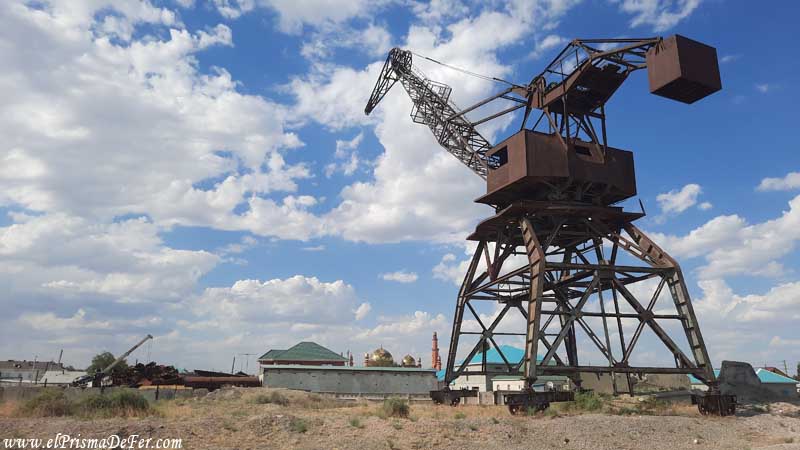
This was, without a doubt, what caught my attention the most during my visit to the Aral Sea. Walking among the rusty remains of stranded ships in the old port is like being in a post-apocalyptic movie set, like in Fallout or Mad Max.
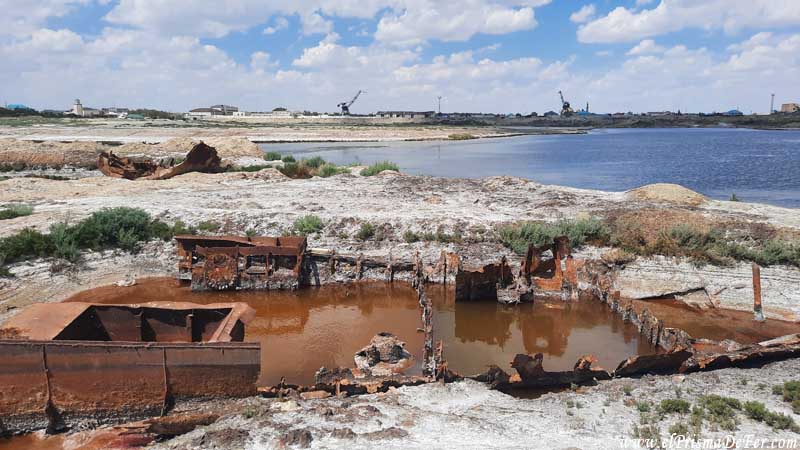
The structures, corroded by time, rust everywhere, and even some items of clothing abandoned in the sand, give a strange, fictional feeling.
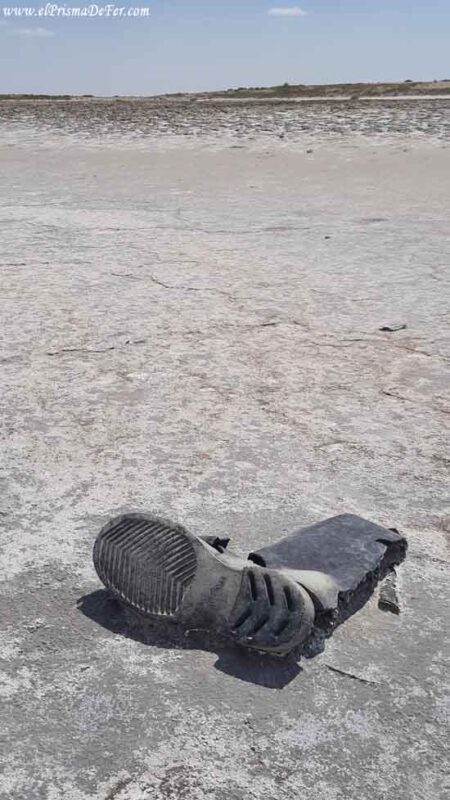
With no one around, this place conveys both desolation and mystery, where every detail seems to tell the story of a sea that no longer exists. It was a moment to stop, take photos, and simply absorb this unique and surreal landscape.
📚 Visit the Aral Sea Museum and the Fishermen's Museum
Located in the old port, these museums showcase artifacts and photographs of what life was like before the collapse of the Aral Sea. You can see nets, fishing tools, and some restored boats that symbolize the city's identity.
🌾 Walk through the desert and see nature nearby
The surroundings allow for walks along the shores of the ancient sea, exploration of salt flats, and contact with hardy flora such as saxaul.
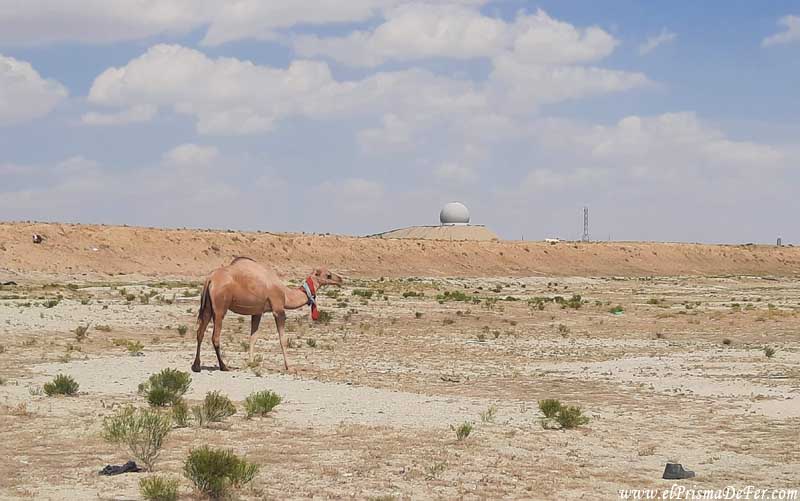
Walking across what was once the bottom of the sea, now an arid desert, is a rather unique experience. I kept thinking how crazy it is to see camels roaming freely in the middle of this dry, dusty land, in what was until not long ago a place full of water and marine life. It's a testament to how nature and life continue to adapt to this extreme environment.

Walking through these steppes and salt flats connects you with the resilience of the place and its inhabitants, and also invites you to reflect on the drastic changes the ecosystem has undergone in just a few decades.
🏜️ Zhalanash Ship Graveyard Tour
I didn't go, but about 70 km from Aralsk, there's said to be the famous ship graveyard: one of the area's most iconic attractions. To visit, you can take a taxi, organize a 4x4 tour, or even hitchhike, although the return trip may require an overnight stay, and from what I found out, the price was quite high.
Organized activities in Aralsk

🛏️ Where to stay in Aralsk?
Aralsk isn't exactly a place with a wealth of accommodation options, and while there are some hotels and guesthouses, most are quite basic and somewhat run-down. Don't expect great amenities or international standards: everything here is quite rudimentary, and that's also part of the experience of visiting such a forgotten area.
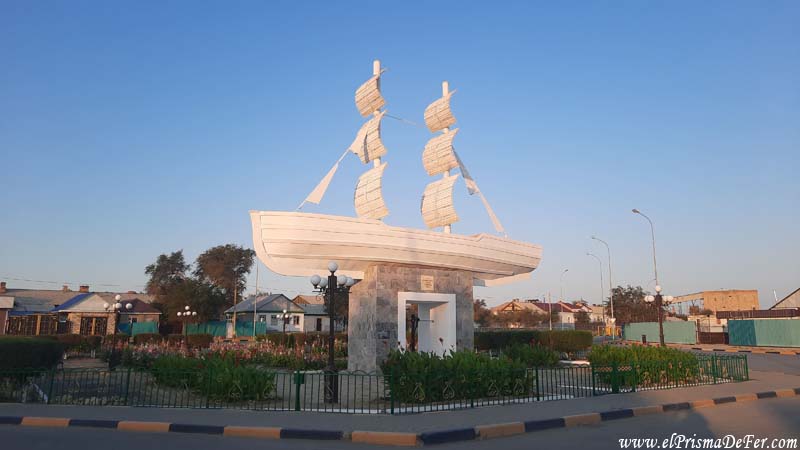
I stayed at the Hotel Altair, which has the advantage of being right in front of the train station, which was convenient for arrival and departure. However, I wouldn't recommend it for convenience: the place was quite run down, with minimal maintenance, and the atmosphere wasn't very welcoming. Even so, it was the most economical option I found in town at the time, and it did the job of giving me a bed for one night.
If you're looking for something a little more sophisticated, you can try a local homestay (by asking directly upon arrival or searching on apps like Booking or Maps.me), but keep in mind that options are limited, and it's a good idea to book or find out in advance if you're going during the busiest season.
📅 When to go to the Aral Sea?
The best time to visit the Aral Sea and Aralsk is in spring (April–June) or autumn (September–October), when temperatures are moderate and the weather is more stable for hiking or exploring.
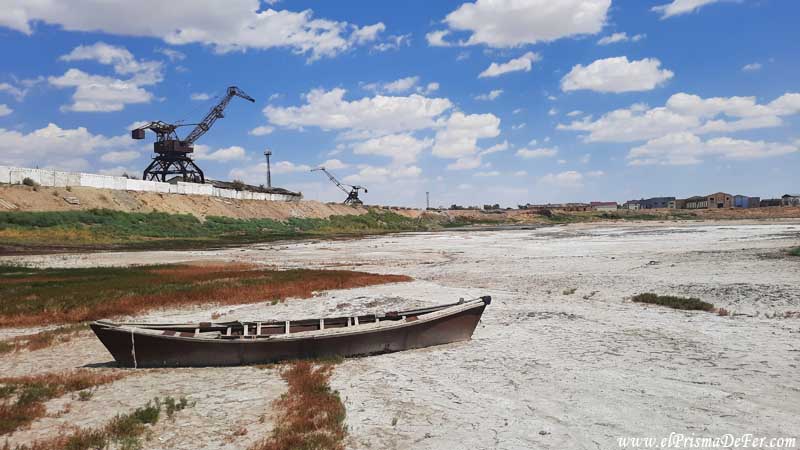
In summer the heat can be stifling (over 40°C) and the dust makes everything more uncomfortable. In winter, the cold is intense and the wind is constant, making it not ideal for exploring the area on foot.
🧭 Final Thoughts: Is the Aral Sea Worth a Visit?
Before coming, I had the typical images circulating on the internet in my head: rusty boats stranded in the middle of the desert, a surreal landscape that looked like something out of a post-apocalyptic movie. But the truth is that that postcard no longer exists on the Kazakh side (it still exists on the Uzbek side). In recent years, many of these vessels have been dismantled or removed, and today only a few remain loose, or as structures in museums. Nothing like what I imagined.
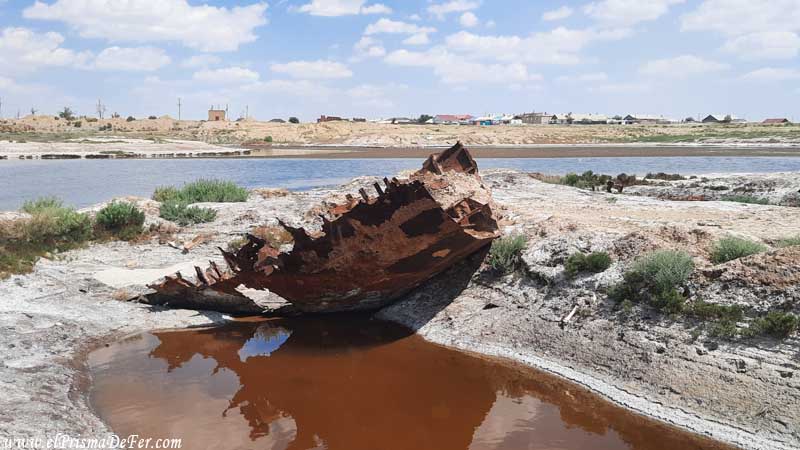
Also, getting to Aralsk is a very long journey, and unless you book a specific excursion to visit the ship graveyard at Zhalanash (which is several kilometers away), there isn't much to do beyond walking along the old seabed, seeing the remains of the port, and visiting the small local museum. I don't regret going, because I was interested in getting to know it for what it represents, but I wouldn't recommend it if you're short on time during your trip to Kazakhstan.
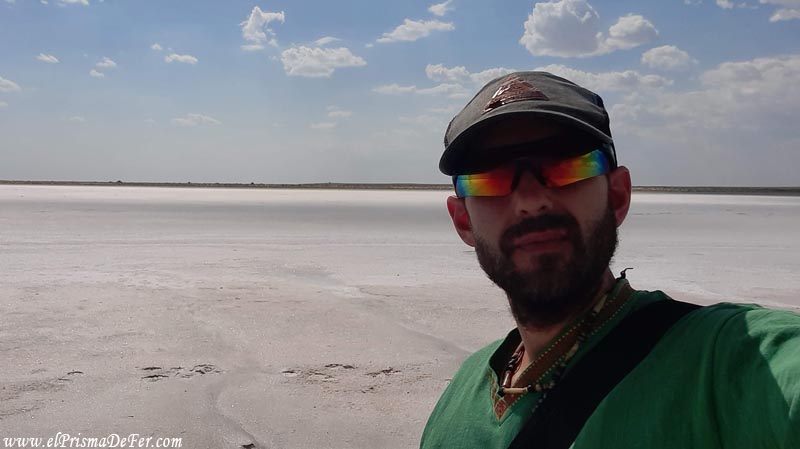
It's an interesting visit if you're interested in environmental history or looking for places off the beaten path, but don't expect stunning landscapes or extensive infrastructure. Rather, it's a reflective and somewhat raw experience.
Video con imágenes capturadas en el Mar Aral
Support The Prism of Fer!
Your support helps me continue creating free content on the blog. Thank you so much!




